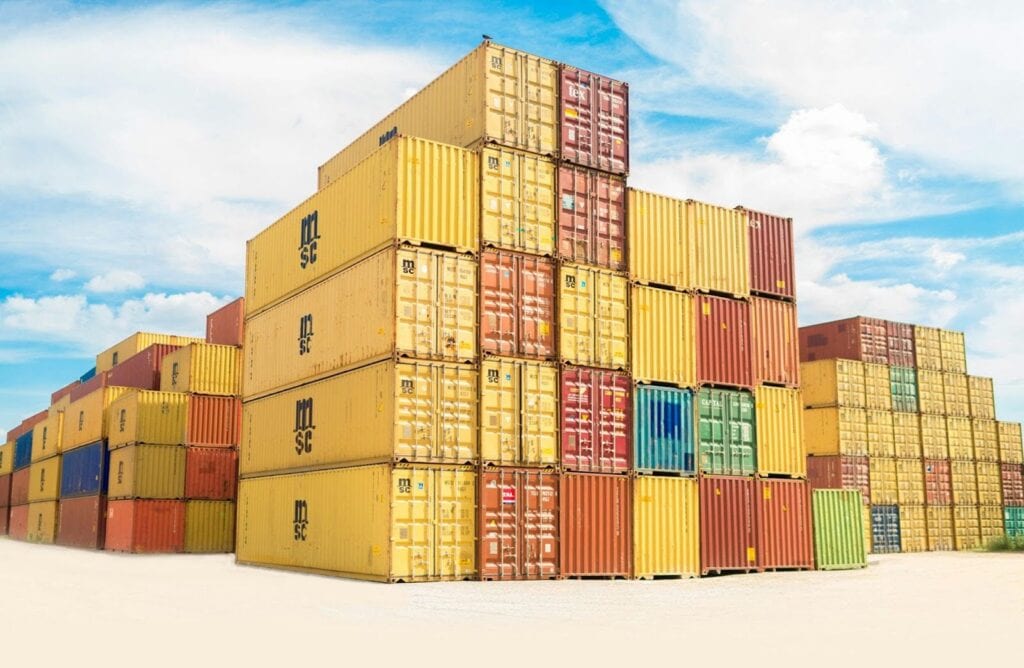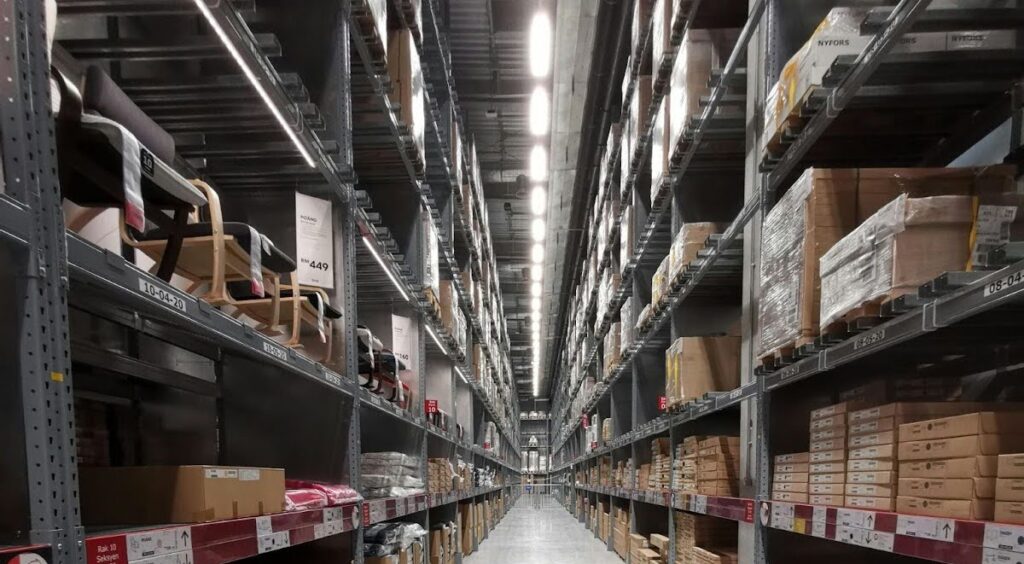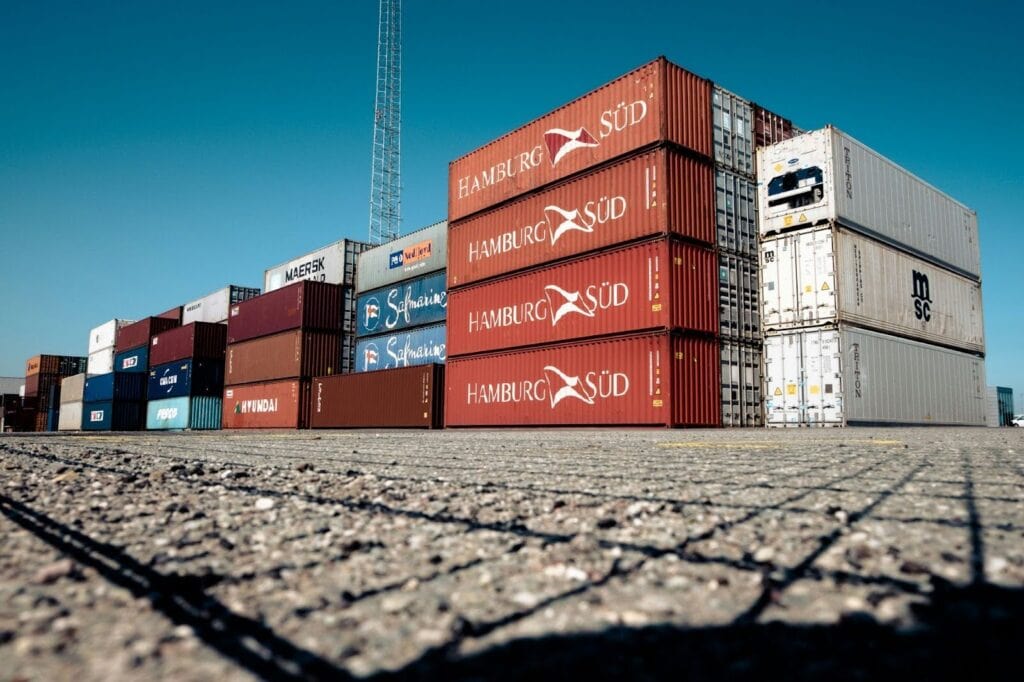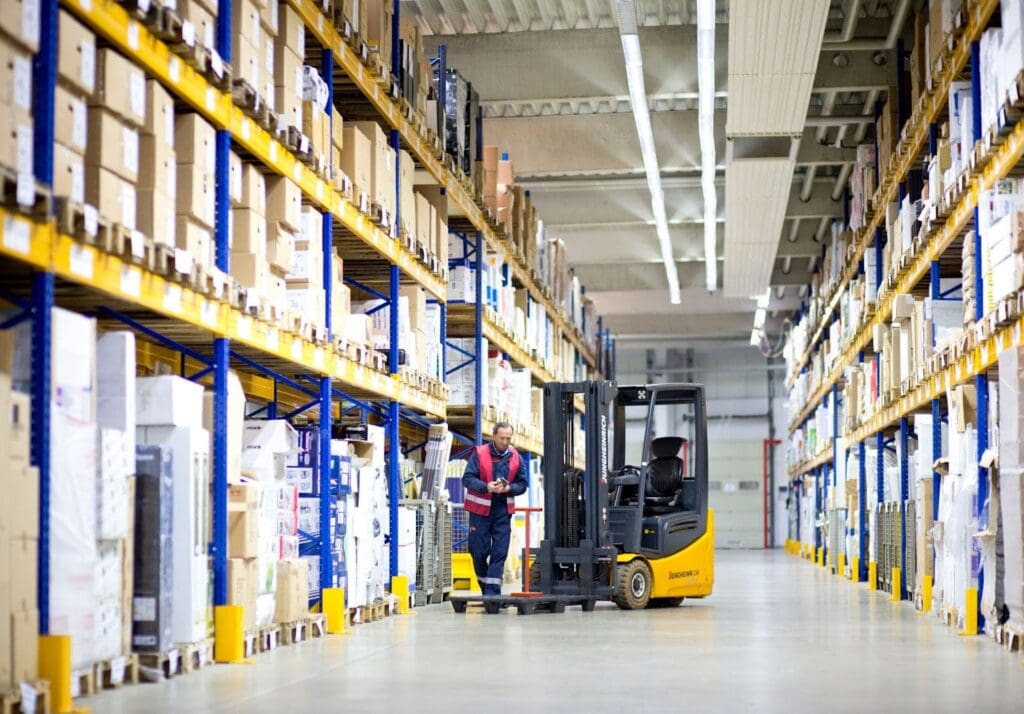Articles
Knowledge Center

FTL vs LTL: Understanding the Differences
How do you choose the best shipping method for your load? This FTL vs. LTL guide delves into the nuances of each shipping method, helping you make informed decisions regarding your transportation needs.
Read More
Big Box Shipping: Definition, Key Components, and Challenges
Big box shipping is a cornerstone for efficiently transporting large quantities of goods across vast distances. However, you must understand every detail about shipping large boxes or oversized packages and its key components. With globalization fueling business expansion, there is a growing demand for big box shipping. An oversized package and large box help you […]
Read More
House Bill of Lading vs Master Bill of Lading: Their Key Differences
Bills of lading play a critical role in the shipping and logistics industry. They serve as a legal contract that acknowledges the receipt of goods and outlines the terms of shipment. They are evidence of the contract of carriage between the actual shipper, carrier, and recipient. So, they facilitate smooth transactions and ensure accountability throughout […]
Read More
8 Types of Warehousing Processes
Warehousing is a critical link in the supply chain. It facilitates the storage, handling, and distribution of goods. Effective warehouse management can optimize inventory control and meet customer demands efficiently. Within this context, warehousing processes ensure smooth operations and maximize warehouse efficiency. This article discusses various warehousing processes that contribute to efficient warehouse management. From […]
Read More
Claused Bill of Lading: Definition, Key Characteristics, and Process
This articles explores everything related to the Claused Bill of Lading and its unique role in the shipping industry, uncovering its implications for shippers and carriers.
Read More
Cross Docking vs Drop Shipping: Their Key Differences
In the fast-paced world of business logistics, shipping methods play a key role. Cross docking vs drop shipping–it may be difficult to choose but this logistics guide will help you understand the differences and make the right decision. These two approaches can facilitate your supply chain management as a business owner. This guide delves into […]
Read More
Blockchain in Supply Chain: Definition, Role in Supply Chain, and Advantages
Modern advancements in logistics and supply chain operations have dramatically shifted how businesses manage the flow of goods from production to consumption. Technology innovations have paved the way for more efficient, transparent, and secure processes, fundamentally altering the landscape of global supply chains. Blockchain technology emerges as a pivotal force at the forefront of these […]
Read More
Clean Bill Of Lading: Definition And Importance
A clean bill of lading is essential in international trade, guaranteeing that goods are shipped in perfect condition. It serves as a contract between the shipper, carrier, and receiver and a vital assurance of the shipment’s integrity. This article examines the critical role and definition of a clean bill of lading, highlighting its significance in […]
Read More
Outsourced Fulfillment: Definition, Advantages, and Disadvantages
When considering outsourced fulfillment, carefully assess your business’s growth stage, seasonal demands, expansion plans, cost-saving goals, focus areas, and technological needs.
Read More
Warehouse Vs. Factory: Purposes and Types of Each
Warehouses and factories, each integral to supply chains and manufacturing, serve distinct yet complementary functions. To optimize logistics, warehouses focus on efficient storage and distribution centers, often situated near key transport routes.
Read More